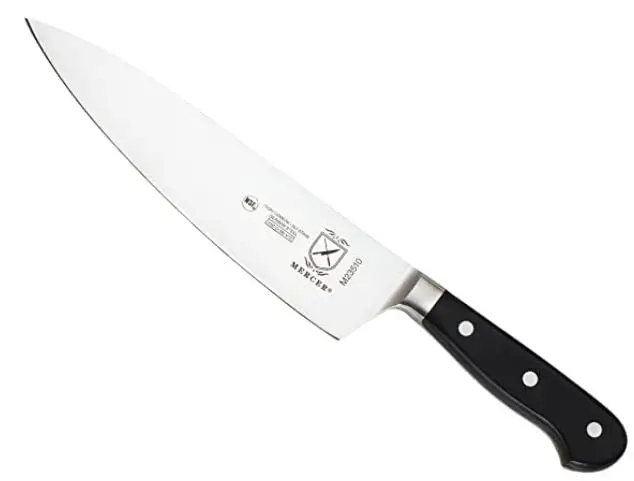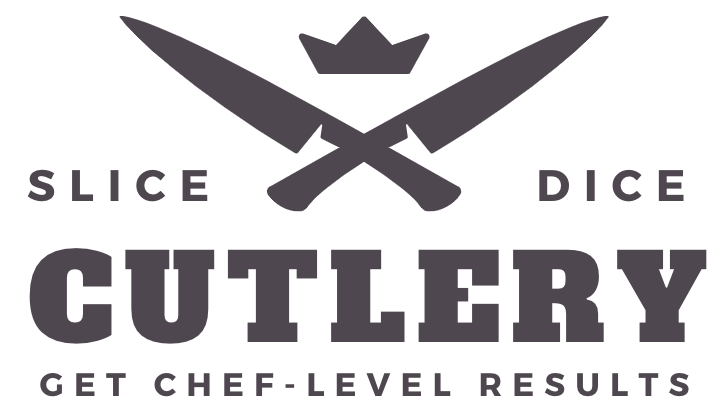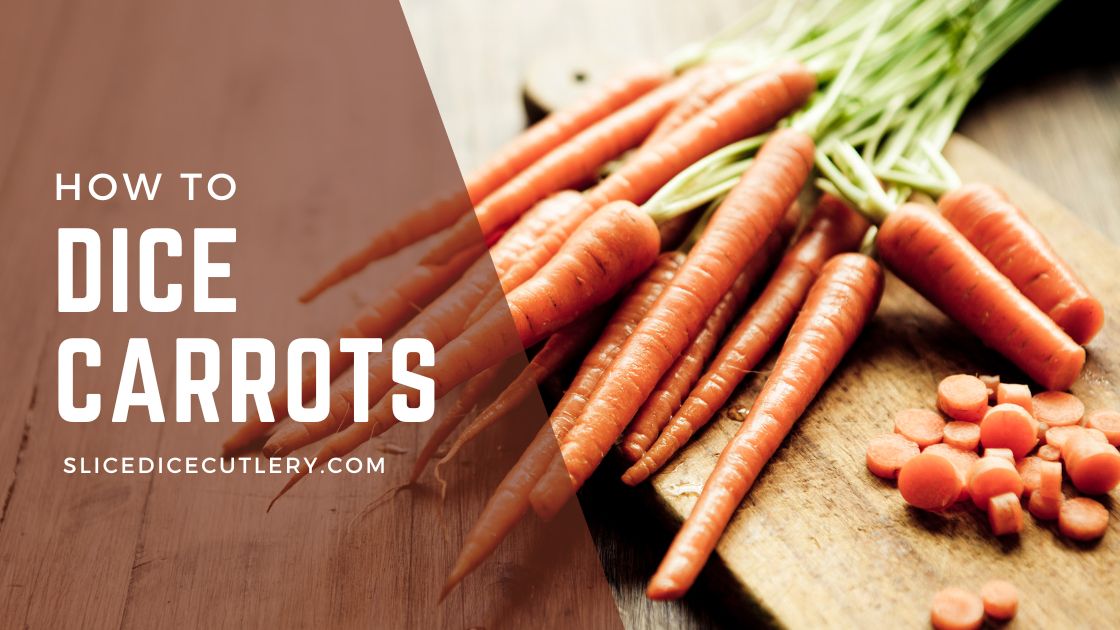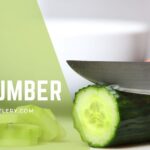Do you know the best methods How to Dice Carrots? All types of Carrots are a kitchen staple; they are one of the most popular ingredients in our savory and occasionally sweet recipes. They go in our weekday lunch salads and our slow-cooked weekend stews, and nearly every recipe with carrots starts the same way: peel the carrot and cut it into pieces. So learning how to dice carrots is pretty much necessary.
We eat them raw with dip, roast them to tender perfection, or quickly sauté them for dinner. Not only that, but carrots have a wealth of antioxidants and offer many health benefits including their rich beta-carotene content, which makes them good for your eyes; carrots can also lower your risk of cancer, help your heart, boost your immune system, strengthen your bones and even help to control diabetes.
As good as carrots are, dicing them is a whole other situation. Dicing takes a bit of practice, so don’t panic if, at first, you find it a little difficult. That said, dicing carrots doesn’t need to be a pain when you utilize the right technique and the right tools. So if you are thinking about dicing carrots for your next recipe, find out the right ways to dice carrots below.
How to Dice Carrots
No matter the method you choose, you’ll most likely be needing:
- A vegetable peeler
- Sharp chef’s knife
- Cutting board
Method 1:
- Prep your planks by peeling the carrots and halving them crosswise. Slice a thin strip off the carrot half to create a flat surface. Turn the carrot half onto the flat surface so it’s stable and doesn’t roll around.
- Now carefully slice the carrot piece into planks about 1/8-in. Wide.
- Stack 3 or 4 carrot planks on top of each other. Now slice the stack of carrot planks lengthwise to make matchstick shapes.
- Gather the sticks into a bundle on the cutting board.
- Holding the bundle together with your hand, cut the carrot matchsticks crosswise into cubes.
Method 2:
- Peel the carrots: If the skin looks dry or thick, peel it off. If the skin looks thin and pretty, leave it on.
- Cut the carrot into a few big pieces: Trim off the top of the carrot where the green stems are attached. Then cut the carrot into 2 to 4 equal-sized pieces that are 2 to 3 inches long, depending on the size of the carrot and the size of the pieces you’re comfortable working with.
- Cut the carrot into sticks or batons of whatever thickness you want.
- Once you’ve cut the carrot into batons, cut them across into equal-sized diced cuts.
Method 3:
- Peel or trim the vegetable
- If necessary, square off the sides using a chef’s knife to achieve a neat finish.
- Cut the vegetable vertically into slices of the specified thickness
- Stack the slices on the chopping board and cut them into strips of the specified thickness
- Gather the strips together into a pile and cut them crosswise to produce even dice
- Cut across at even intervals for dice.
Common Questions Regarding How to Dice Carrots
How to shop for carrots?
Look for carrots that are relatively even thick throughout, making it much easier to cut them into even-sized pieces. They should be substantial to the touch and should not give when you try to bend them.
How to store carrots?
You can store carrots at room temperature unwrapped for at least a few days, but they’ll keep in the vegetable crisper for up to a few weeks if they are super fresh.
How do you dice a carrot step by step?
When it comes to dicing carrots, you may find different ways to do it; follow the simplest method for you. Here is a quick step-by-step guide.
- Peel the carrot and cut it in half or 3rds
- Stand one piece on its wider end and cut it into four or five even slices, top to bottom.
- Take half the slices and lay them on top of one another, and hold them firmly with fingertips curled under
- Guide the face of the knife along with those fingers and cut the carrots into batons the same width as the slices are thick.
- Once the carrots are cut into batons, group the batons and hold them firmly.
- Roll the knife back and forth on the front half of the blade while chopping with the back half of the blade.
How do you dice a carrot easily?
A good idea when dicing carrots is to peel them and halve them crosswise, so they’re easier to handle.
How do you dice carrots by hand?
Food processors cannot dice vegetables, but they can finely chop them. Chopping typically leaves you with larger or more uneven pieces than dicing does. If you are focused on the dish’s presentation, you may want to take the extra time to dice your vegetables by hand to achieve a uniform appearance.
When it comes to carrots, you can use a combination
- Adjust your food processor’s slicing blade to at least 1/4″ thick
- Cut off carrot tops, and set them aside for later use
- Wash and peel the carrots
- Then cut off the ends where the carrots are too thin to dice
- Cut each carrot into lengths that will fit into your food processor’s chute
- Insert the carrot pieces into the chute horizontally, remove the slices from the bowl, and finish by dicing carrots by hand using a knife.
Uses of Diced Carrots?
Dice of various sizes are the most common way to cut carrots. Large dice can be nice in hearty stews, while medium or small dice are more suited for soups, hearty sauces like Bolognese, or chunky chopped salads.
Is there a specific knife for diced carrots?
A chef’s knife should be used for most of your kitchen tasks, including slicing fruits, vegetables, and meats. The weight and length of a chef’s knife make it ideal for chopping firm vegetables like carrots, onions, and potatoes or for slicing roasts or other large cuts of meat.
What to look for in a knife?
One with a blade, bolster, and tang forged from a single piece of high-carbon stainless steel; has optimal stability. You should see the tang (or metal) sandwiched between the handle material along the spine.
Also, the knife should be neither blade- nor handle-heavy: If you place your finger under the curve of the bolster, the knife should balance perfectly.
What is the best chef’s knife to dice carrots?
Here is an excellent choice:
Mercer Culinary M23510 Renaissance 8-Inch Forged Chef’s Knife.
The Mercer Culinary chef’s knife is a triple-riveted and ergonomically designed Delrin handle. One-piece precision forged construction—rounded spine for comfortable grip.
Made of high-carbon, stain-resistant German cutlery, steel resists rust, corrosion, and discoloration. Its taper-ground edge allows for added stability, easy honing, long-lasting sharpness, and increased cutting and chopping efficiency.

Features:
- Hand wash
- High-carbon steel
- Stain-resistant
- Stability
- Long-lasting sharpness
Additional Tips on How to Dice Carrots
- Some folks prefer a larger knife, others a smaller one, and choose a knife that matches or is between the abovementioned dimensions.
- Always hold the food you’re cutting with your fingertips curled slightly under. In doing this, you will find that your fingers will create an automatic guide for your knife to follow, and it also keeps your fingertips out of harm’s way. This may feel slightly uncomfortable, but it is the single most important tip to practice to improve your knife skills.
- Start very slow, it may take weeks for you to get used to holding your foods this way but stick with it, and your speed and skill will improve.
- Bendy carrots indicate that they’ve lost too much of their moisture, and their cell structure is beginning to collapse.
- The closer together you make the cuts, the smaller the diced carrots will be.
- For perfectly square sticks, trim the rounded parts off each side to square the edges before cutting the sticks.



